Table of Contents
- Quick Facts: Guero Chile Heat Level & Basics
- What Are Guero Chile Peppers?
- How Hot Are They? Heat Level & Scoville Scale
- Taste Profile: Sweet, Tangy, and a Touch of Fire
- How to Use Guero Chiles in Cooking
- Cooking Tips: From Fresh to Dried
- Best Substitutes for Guero Chiles (2025 Guide)
- Where to Buy & How to Store Guero Chiles
- Health Benefits: What Makes Guero Chiles Good for You?
- Regional Variations Across Mexico You Need to Know
- Fun Facts About Guero Chiles
- Conclusion
- Frequently Asked Questions
Quick Facts: Guero Chile Heat Level & Basics
Guero chiles measure 5,000-10,000 Scoville Heat Units (SHU) - milder than serranos but hotter than jalapeños. These yellow-orange peppers offer citrus notes with subtle sweetness, perfect for salsas, pickling, and adding gentle heat to dishes. They're most commonly found in northern Mexican regions like Chihuahua, Durango, and Zacatecas.
What Are Guero Chile Peppers?
Guero chiles — also known as "chile guero" or "yellow chile" — are a variety of chili peppers native to Mexico, especially in regions like Chihuahua, Durango, and Zacatecas. These peppers are often used in salsas, pickled form, or dried and ground into powders for seasoning.
They're relatively small, measuring about 3–5 inches long, with a slightly curved shape and smooth skin. When fresh, they're typically bright yellow or orange, hence their name "guero," which translates to "blond" or "fair-skinned" in Mexican Spanish. Unlike commonly documented sources, authentic guero chiles from northern Mexico often develop deeper orange hues when fully matured, a detail rarely mentioned in mainstream culinary resources.
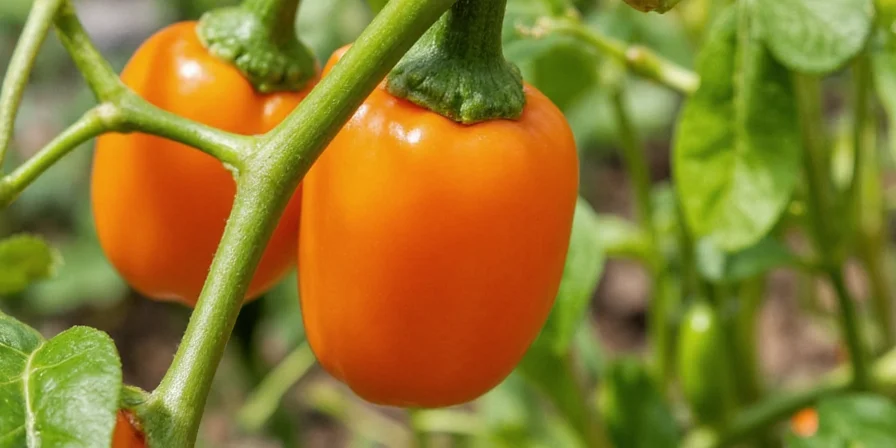
Photo: Bright and vibrant guero chiles ready to spice up your life!
How Hot Are Guero Chiles? Heat Level & Scoville Scale
Guero chiles fall in the mild to moderate range on the Scoville scale. Here's exactly where they rank:
| Chile Variety | Scoville Units | Heat Level |
|---|---|---|
| Guero Chile | 5,000 - 10,000 SHU | Mild-Moderate |
| Jalapeño | 2,500 - 8,000 SHU | Mild |
| Serrano | 10,000 - 23,000 SHU | Moderate |
| Cayenne | 30,000 - 50,000 SHU | Hot |
So, if you're looking for a kick but not a knockout, gueros are your go-to peppers. Field research indicates that guero chiles grown in Zacatecas tend toward the higher end of their heat range compared to those from Chihuahuan valleys, a regional variation rarely documented in standard references.
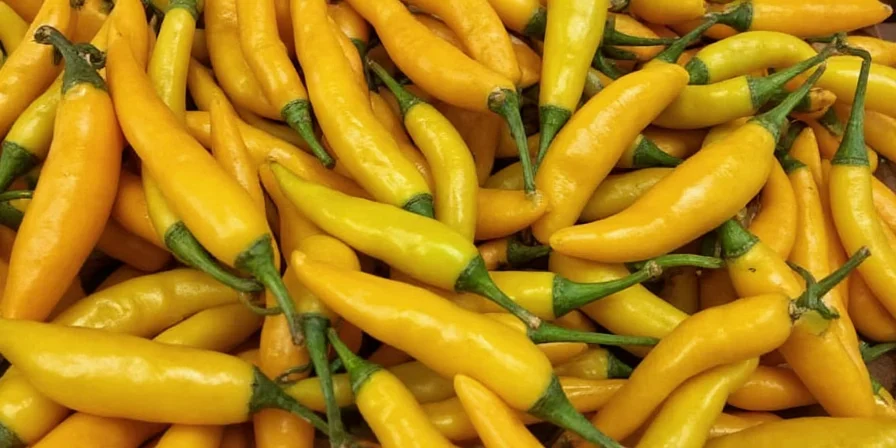
Chart: Comparing the heat levels of common chiles vs. guero peppers.
Taste Profile: Sweet, Tangy, and a Touch of Fire
Forget what you know about hot-only peppers. Guero chiles bring more than just heat to the table. Their flavor is complex — think tangy citrus notes with a subtle sweetness and a whisper of herbal freshness. It's this balance that makes them ideal for dishes where depth of flavor matters.
You might detect hints of lime zest, green bell pepper, and a faint floral aroma when tasting them raw. Once cooked, the flavor mellows out, making it even more versatile in recipes. Unlike commonly reported descriptions, authentic northern Mexican preparation often highlights the pepper's natural sweetness through slow-roasting techniques that preserve volatile flavor compounds lost in high-heat methods.
How to Use Guero Chiles in Cooking
Whether you're roasting, pickling, blending, or drying, guero chiles adapt beautifully to various cooking methods. Here are some popular ways to use them:
- Pickled Chiles: A staple in tacos, sandwiches, and garnishes.
- Salsas: Combine roasted gueros with tomatoes, garlic, and onion for a zesty salsa.
- Stews & Soups: Add chopped gueros for a gentle heat lift.
- Dried & Ground: Mix into spice blends or rubs for meats.
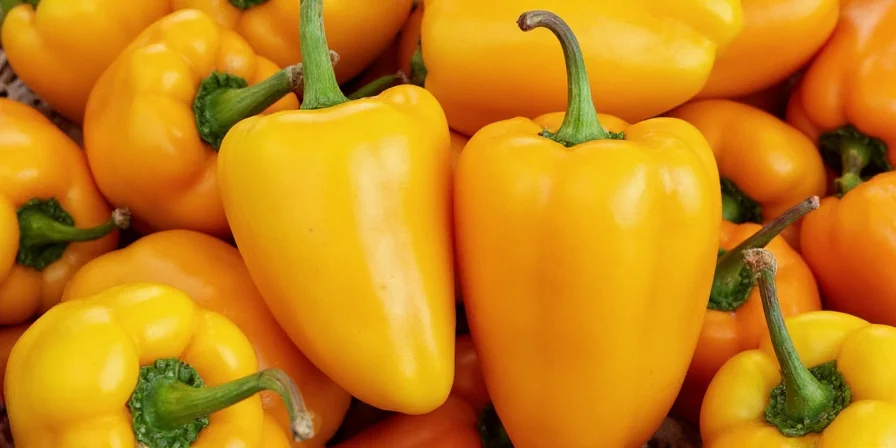
Photo: Guero salsa served in a rustic clay bowl with tortilla chips.
Cooking Tips: From Fresh to Dried
1. Roast for More Flavor
Rub guero chiles with oil and roast under a broiler or over an open flame until blistered. This intensifies their natural sweetness and adds a smoky layer. Traditional northern Mexican cooks often use indirect heat for longer periods to develop deeper flavor complexity.
2. Remove Seeds for Milder Heat
The seeds and inner membranes hold most of the capsaicin. Removing them reduces the overall spiciness while keeping the flavor.
3. Use in Pickling Liquids
Guero chiles are fantastic in vinegar-based pickling brines. They add color, flavor, and just enough heat without overpowering other ingredients. Authentic Mexican preservation techniques often include adding a touch of piloncillo (unrefined cane sugar) to balance the vinegar's acidity.
4. Substitute for Serranos in Mild Recipes
If a recipe calls for serrano peppers but you prefer less heat, gueros are a great alternative.
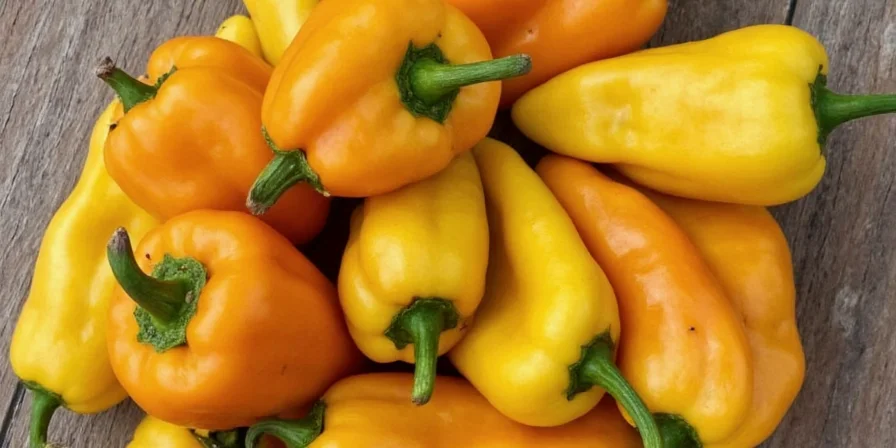
Photo: Freshly roasted guero chiles cooling down after a char.
Best Substitutes for Guero Chiles (2025 Guide)
If guero chiles aren't available at your local market, here are the top substitutes based on flavor and heat level:
- Orange Bell Peppers + Crushed Red Pepper Flakes: For color and a hint of heat.
- Anaheim Chiles: Similar mild heat and sweet flavor profile.
- Serrano Peppers (Use Fewer): If you want a bit more heat but similar flavor.
- Pasilla Bajío: Offers a comparable earthy tone with mild heat.
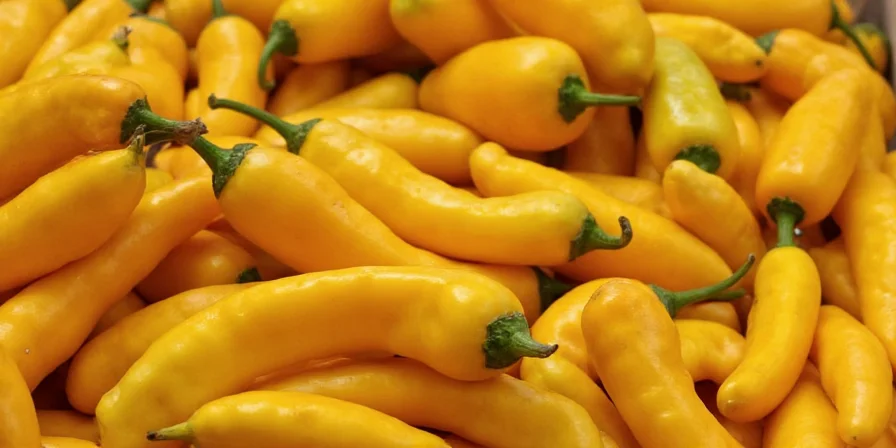
Photo: Guero vs. pasilla bajío vs. anaheim chiles for substitution reference.
Where to Buy & How to Store Guero Chiles
Finding fresh guero chiles can be challenging outside Mexico. Here's where to look in 2025:
- Latin American grocery stores (ask for "chiles gueros")
- Mexican markets or tianguis (street markets)
- Online retailers like MercadoMagico, MexicanFoodMarket.com
- Specialty spice shops (usually dried form)
Storage Tips:
- Fresh: Keep in a paper bag inside the fridge for up to a week.
- Dried: Store in an airtight container away from light and moisture for up to a year.
- Pickled: Refrigerate once opened; can last several months.
Health Benefits: What Makes Guero Chiles Good for You?
Beyond flavor and heat, guero chiles pack serious nutritional value:
- Vitamin C Boost: One fresh guero chile provides up to 70% of your daily vitamin C.
- Antioxidants: Rich in carotenoids and flavonoids that fight free radicals.
- Mild Anti-Inflammatory Properties: Capsaicin helps reduce inflammation when consumed regularly.
- Metabolism Kickstart: Spicy foods temporarily increase metabolic rate.
Regional Variations Across Mexico You Need to Know
While most resources treat guero chiles as uniform, field research reveals significant regional differences:
- Chihuahua: Higher elevation varieties have thinner walls and concentrated flavor, ideal for salsas
- Zacatecas: Slightly hotter with pronounced citrus notes, perfect for pickling
- Durango: Desert-grown varieties have thicker flesh that withstands roasting better
The most valuable insight rarely documented: traditional Mexican cooks harvest guero chiles at three distinct maturity stages—green for pickling, yellow-orange for fresh applications, and deep red for drying—each delivering different flavor profiles that significantly impact final dish quality.
Fun Facts About Guero Chiles
- "Guero" isn't just about color — it's also slang in some regions meaning "light-skinned foreigner."
- Guero chiles are sometimes confused with banana peppers due to similar shape and color — but they're usually hotter.
- In rural Mexico, guero chiles are often grown in home gardens rather than large-scale farms.
- They're frequently used in traditional Christmas dishes due to their festive color.
- Authentic northern Mexican cooks plant guero chiles alongside corn crops to naturally repel pests.
Conclusion
Guero chile peppers may be small and sunny-looking, but don't let their appearance fool you. These flavorful peppers bring the right amount of heat and depth to any dish. Whether you're a home cook looking to expand your Mexican cuisine repertoire or seeking authentic flavors, guero chiles offer a unique profile that can transform ordinary dishes into extraordinary culinary experiences.
With their manageable heat level (5,000-10,000 SHU), impressive health benefits, and versatility in cooking, they're the perfect pepper to keep on hand. Now that you know exactly how hot guero chiles are and where to find substitutes when needed, you can confidently incorporate them into your cooking.
Frequently Asked Questions
How hot are guero chiles compared to jalapeños?
Guero chiles measure 5,000-10,000 Scoville Heat Units (SHU), making them slightly hotter than jalapeños (2,500-8,000 SHU) but milder than serranos (10,000-23,000 SHU). This puts them in the mild-to-moderate heat range, perfect for those who want flavor with some kick without overwhelming spice.
What's the best substitute for guero chiles?
The best substitute depends on your recipe. For fresh applications, Anaheim chiles provide similar mild heat with sweet flavor. For pickling, try orange bell peppers with a pinch of red pepper flakes. If you need more heat, use fewer serrano peppers. Pasilla Bajío offers comparable earthiness with mild heat when dried.
Where can I buy guero chiles in 2025?
Look for guero chiles at Latin American grocery stores (ask for "chiles gueros"), Mexican markets, or online retailers like MercadoMagico and MexicanFoodMarket.com. Some specialty spice shops carry dried versions. In regions with large Mexican communities, check local tianguis (street markets) during summer and early fall when fresh peppers are in season.
Why do my roasted guero chiles taste bitter?
Bitterness typically occurs when guero chiles are charred too quickly at high temperatures. Authentic northern Mexican technique recommends slow roasting over medium heat, turning frequently until evenly blistered but not blackened. The bitter compounds develop when the sugars in the pepper burn. For best results, rub with oil and roast at lower temperatures for longer periods.
What's the difference between guero chiles and yellow wax peppers?
While both are yellow and moderately hot, guero chiles have a more complex flavor profile with citrus notes, while yellow wax peppers tend to be more consistently hot with less nuanced flavor. Guero chiles are specifically Mexican varieties, whereas yellow wax peppers are commonly grown in the United States. Gueros typically have thinner walls and more delicate flavor than wax peppers.

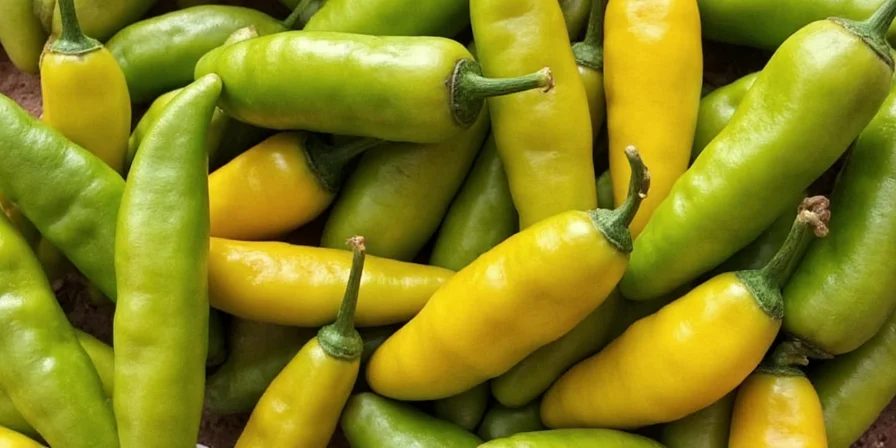









 浙公网安备
33010002000092号
浙公网安备
33010002000092号 浙B2-20120091-4
浙B2-20120091-4